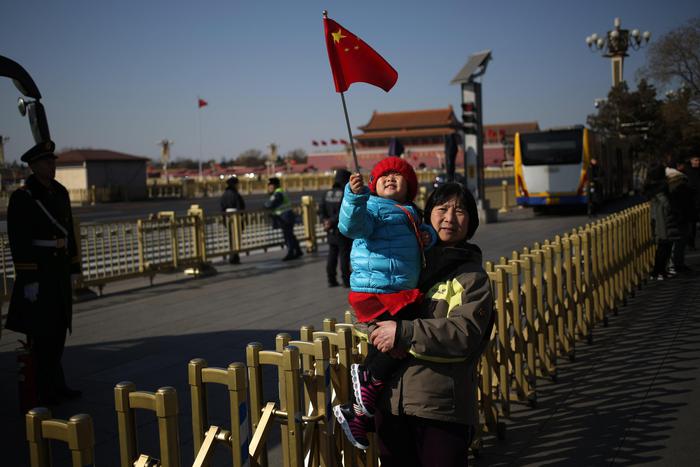Births plummet for the fifth year in a row in China, slipping in 2021 to the lowest levels not only in the Statistical Yearbook compiled since 1978, but also since the founding of the People's Republic in 1949. At the end of 2021, the population stood at 1.413 billion, up by 0.034% on 2020, with only 10.62 million newborns: a ratio of 7.52 per thousand people from 8.52 the previous year. For the Communist leadership, the dramatic picture drawn by the National Statistical Office sounds like a real alarm bell for the stability of the economy and social order: with the aging of the population and the declining workforce, the risks of an explosion in spending on welfare and social security are on the horizon, laying the foundations for unpopular decisions such as raising the retirement age,now under 60.
Despite the end of the one-child policy in 2016, the green light for up to two children did not lead to the hoped-for baby boom due to the rising cost of living. Last year, the Chinese authorities extended family planning to three children, with incentives and moral suasion that did not spare the more than 90 million members of the Communist Party, causing discontent and unquantifiable results. The economy, meanwhile, has kept pace with the post-Covid recovery driven by exports, albeit with worrying signs. The 2021 GDP closed with an 8.1% rise, at a decade high and "over 6%" by the government, thanks to the 4% of the last quarter better than expected, but the December data presented retail sales halved to + 1.7% on November,when consumption should be the propellant of growth according to the 'double circulation'. Industrial production rose by 4.3% (from 3.8%), again at insufficient levels.
The "zero tolerance to Covid" policy has allowed domestic activities to largely return to normal with strict border measures and targeted blockades against domestic outbreaks. Looking at 2021, GDP benefited from the jump in the first half of the year and solid international demand for Chinese products when the whole world is still grappling with the pandemic, but started to lose strength in the second half due to the squeeze. to the real estate, technology and education sectors, the energy crisis and the excessive cost of raw materials.
The simultaneous emergence of the Omicron variant in Beijing, Shanghai and Guangdong is creating obstacles to the government as aggressive efforts to contain the virus, including blockades, are less feasible in politically and economically crucial areas. Goldman Sachs cut China's 2022 outlook from 4.8% to 4.3% last week. The Chinese Central Bank (PBOC) confirmed the sense of the delicacy of the economic situation, surprisingly cutting (from 2.95 to 2.85%) the financing costs of its medium-term loans for the first time since April 2020, in spite of market expectations, precisely in support of the economy.
President Xi Jinping, however, was optimistic.
"We have full confidence in the future of the Chinese economy", which on the whole enjoys "good momentum", he assured opening the session of the World Economic Forum 2022 in virtual mode.
Despite national and international pressures, "the fundamentals, characterized by strong resilience, enormous potential and long-term sustainability, remain unchanged".

